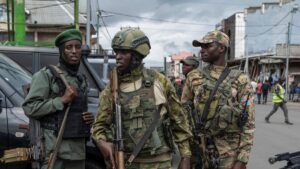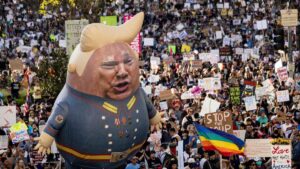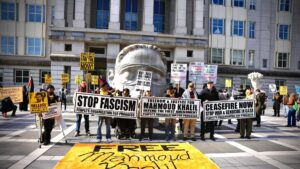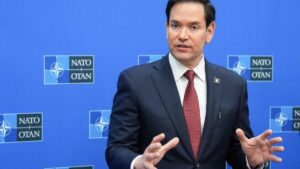The U.S. military is exploring options to ensure continued access to the Panama Canal, two U.S. officials told Reuters on Thursday.
U.S. President Donald Trump has repeatedly expressed his desire to “take back” the Panama Canal, which sits at the narrowest point of the isthmus between North and South America, making it one of the world’s most strategically vital waterways. However, he has not specified how he plans to achieve this or whether military action might be necessary.
One official, speaking on condition of anonymity, said an interim national security guidance issued by the new administration instructed the military to assess potential military options to protect U.S. access to the canal.
A second official noted that the U.S. military has a range of options available, including strengthening its partnership with Panama’s military.
The Pentagon last published a National Defense Strategy in 2022, which outlines the military’s priorities. An interim document, like Trump’s executive orders and public remarks, provides broad policy guidance ahead of a more comprehensive policy document such as a formal NDS.
The Pentagon did not immediately respond to a request for comment.
CNN first reported the interim document. NBC News earlier on Thursday reported that the White House had ordered the Pentagon to create options for the Panama Canal.
Trump has asserted that the U.S. needs to “take back” the canal because China controls it and could use the waterway to undermine American interests.
In his inaugural speech in January, Trump repeated accusations that Panama had broken promises made during the final transfer of the canal in 1999.
Any move by a foreign power to seize the canal by force would likely violate international law.
The U.S. and Panama are treaty-bound to defend the canal’s neutrality and may take unilateral action to do so.
The U.S. acquired the rights to build and operate the canal in the early 20th century. In a treaty signed in 1977, during the administration of Democratic President Jimmy Carter, the U.S. agreed to transfer control of the canal to Panama by the end of 1999.




















































Be First to Comment